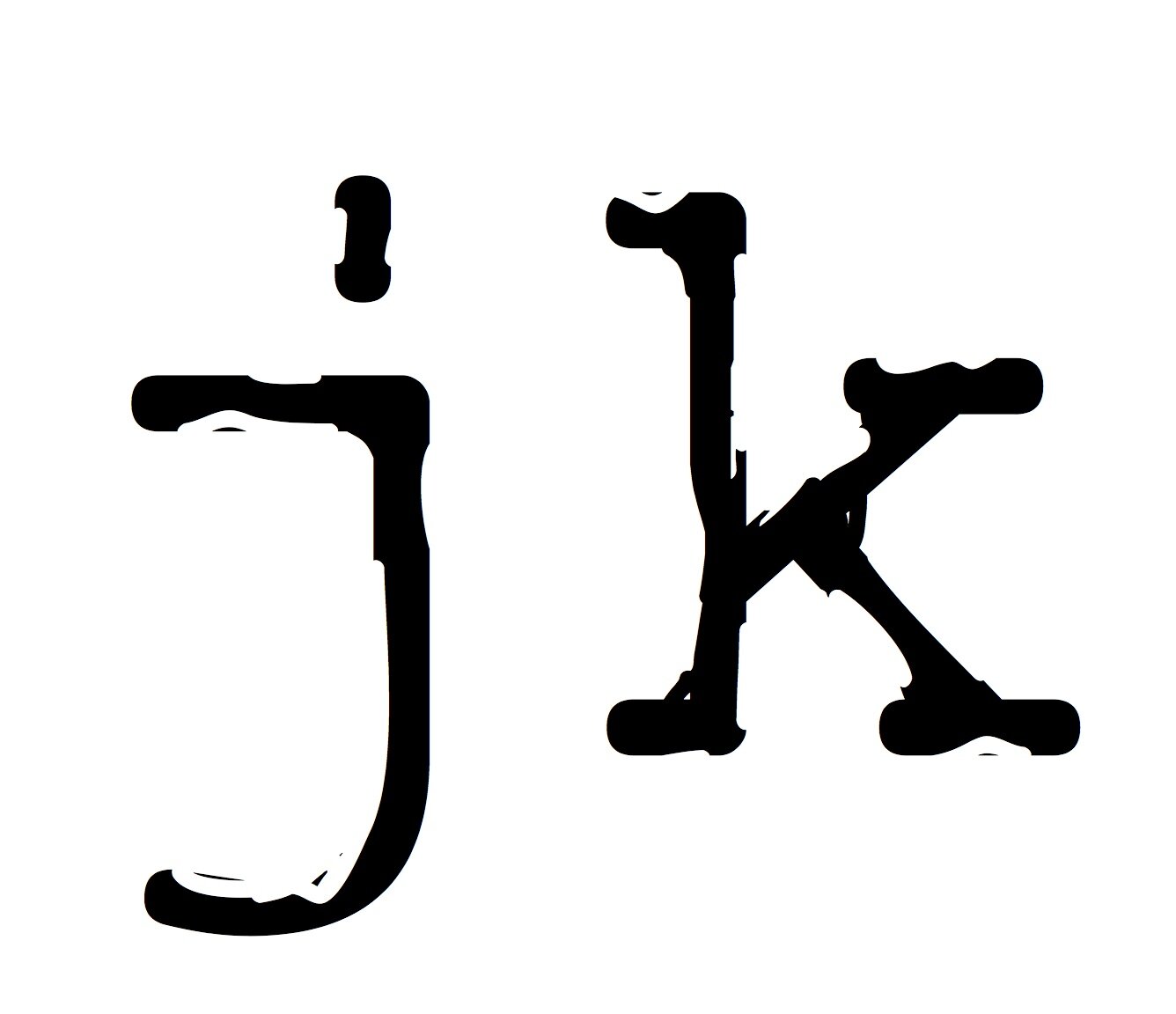Marking Character
The word ‘Character’ originates from the Greek, meaning to mark or make an impression on.
As in marking a character in stone. So, a face that shows character shows that which has been marked. Or deeply impressed.
The term didn’t come to mean a person in a story until the late 1660s – a good fifty years after Shakespeare had, as he put it, shuffled off this mortal coil.
When you apply this concept to a character in your story, you can appreciate the depth of the word – what marks this person during the story that drives the change?
In Casablanca, Rick is generous in some ways – looking the other way for some fixed bets – but he primarily looks after himself. He won’t stick his neck out for anyone. Until he is faced with the woman from his past and a truth that makes him stick his neck out. He changes, and is now further engaged in the war.
In The Godfather, Michael begins as the outsider of his family, the black sheep, determined to not go that same violent criminal path. He ends it ruling with as strong a fist as his father had, after ordering the death of members of the family. The violence has marked him, and he is changed for it.
When working on a non-fiction manuscript, these principles still remain. In memoir – how is the character of the protagonist, often the narrator, marked? And how do they change? Perhaps the character is not an individual but a group, or a company.
I’ve worked with some authors who were afraid of showing their vulnerability or their naïvety. There were different reasons for this. But without properly showing that aspect then there is no change. There’s no story. It takes courage to show the beginnings of your journey but it is essential.
A victory in story is only as powerful as the journey that’s been overcome. Trying to portray yourself as having always been like that is not a story.
